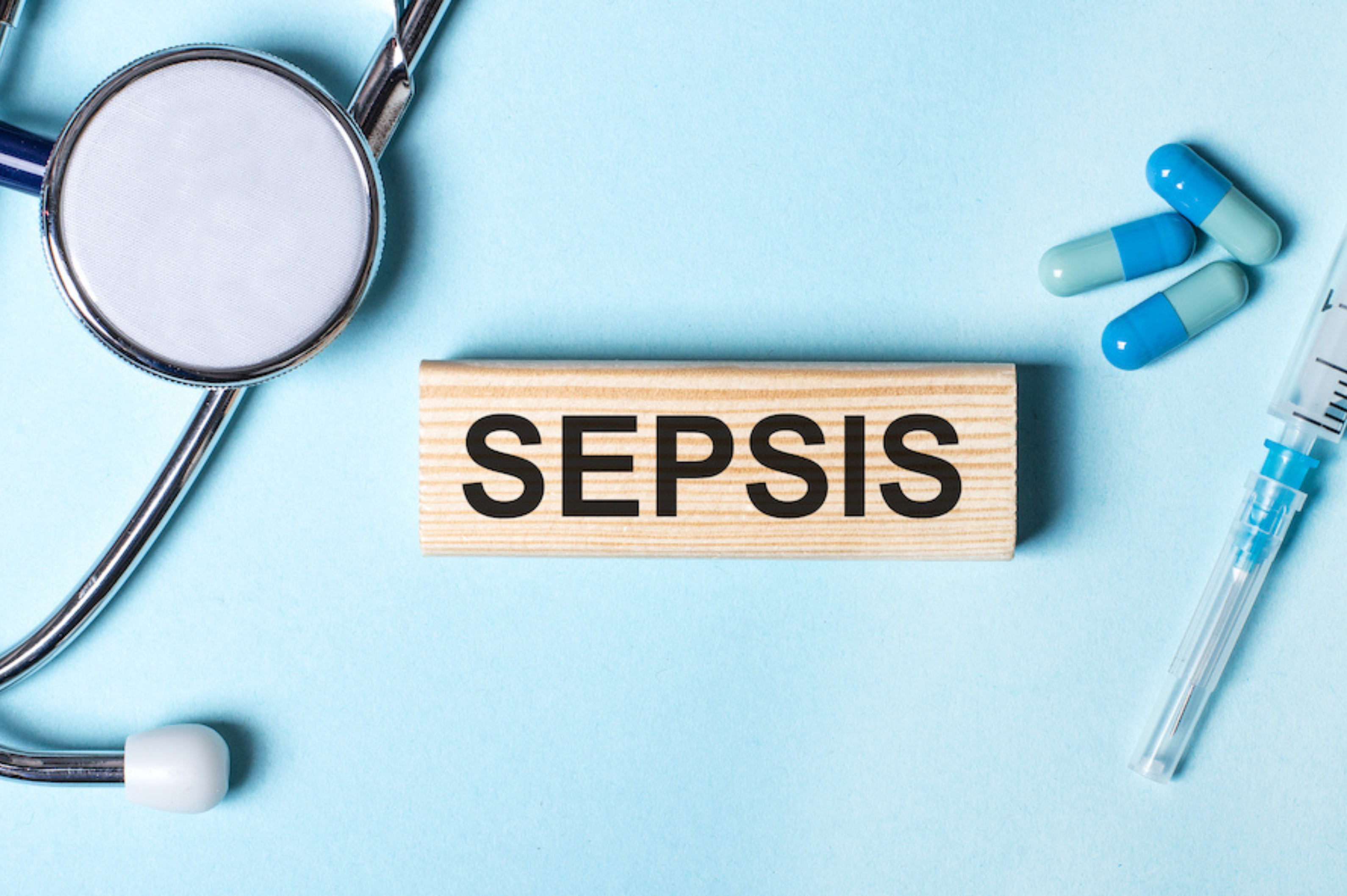What is Sepsis?
Sepsis is a life threatening medical emergency that occurs when the body’s response to an infection causes widespread inflammation. Instead of fighting the infection, the body’s response becomes dysregulated, leading to tissue damage, organ failure, and potentially death. Early recognition and treatment are critical to improving outcomes.
Three Stages of Sepsis
It’s typically progresses through three stages:
- Sepsis: The body has an infection and shows signs of inflammation, such as fever, increased heart rate, and rapid breathing.
- Septic Shock: Blood pressure drops dangerously low despite fluid resuscitation, leading to critical organ failure and a high risk of death.
Who Does Sepsis Affect?
It can affect anyone, but certain groups are at higher risk, including:
- Infants and elderly adults
- People with chronic illnesses like diabetes or cancer
- Patients with weakened immune systems
- Individuals with severe wounds or burns
- Hospitalized patients, especially those with invasive devices like catheters or ventilators
How Common is Sepsis?
Sepsis is alarmingly common. According to the World Health Organization (WHO), it affects about 49 million people worldwide each year and leads to 11 million deaths , that’s almost 1 in 5 deaths globally. In the United States alone, it is a leading cause of hospitalization and death, particularly among critical care patients.
Symptoms and Causes of Sepsis
Symptoms can include:
- High fever or low body temperature
- Rapid heart rate
- Rapid breathing or shortness of breath
- Confusion or disorientation
- Extreme pain or discomfort
- Clammy or sweaty skin
Common Causes of Sepsis:
- Bacterial infections (most common)
- Viral infections (like COVID 19 or influenza)
- Fungal infections
- Infections from wounds, surgical sites, urinary tract, lungs (pneumonia), or the bloodstream
Diagnosis and Tests
Diagnosing involves a combination of:
- Medical history and physical examination to check for signs of infection and organ dysfunction.
- Blood tests: To identify infection, clotting issues, liver and kidney function, and oxygen levels.
- Cultures: Blood, urine, wound, or sputum cultures to find the source of infection.
- Imaging: X-rays, CT scans, or ultrasounds to locate the infection source.
Healthcare providers often use scoring systems like SOFA (Sequential Organ Failure Assessment) or qSOFA (quick SOFA) to identify patients at risk.
How to Treat Sepsis?
Immediate treatment is crucial:
- Antibiotics: Given quickly, usually within the first hour.
- Fluids: IV fluids to maintain blood pressure and organ perfusion.
- Vasopressors: Medications to constrict blood vessels and raise blood pressure if fluids alone aren’t enough.
- Supportive care: Oxygen, dialysis, or mechanical ventilation if organs fail.
- Surgery: To remove the source of infection if necessary (like draining an abscess).
Sepsis-2 vs. Sepsis-3
There have been different definitions of it’s over time:
- Sepsis-2 (2001 definition): Focused on SIRS (Systemic Inflammatory Response Syndrome) criteria combined with confirmed or suspected infection.
- Sepsis-3 (2016 update): Redefined it as “life threatening organ dysfunction caused by a dysregulated host response to infection,” and introduced SOFA/qSOFA scoring to help with diagnosis.
- Sepsis-3 aimed to improve diagnostic accuracy by focusing on organ dysfunction.”
ICD Codes
The International Classification of Diseases (ICD) codes help with the documentation and billing of it’s diagnoses:
- ICD-10 Codes:
- A41.9 : Sepsis, unspecified organism
- R65.20 : Severe sepsis without septic shock
- R65.21 : Severe sepsis with septic shock
- A40.9 : Streptococcal sepsis
- A41.9 : Sepsis, unspecified organism
A41.89 : Other specified sepsis
Coding accurately is important for both clinical tracking and insurance claims.


